In the most unexpected corners of our world, natural and human-modified landscapes harbor stunning waterfalls that defy their surroundings. From desert oases to urban parks, these verified cascades prove that the beauty of falling water can emerge in surprising places.
Havasu Falls (Arizona Desert)

Nestled within the Grand Canyon’s arid landscape, this 100-foot turquoise waterfall creates an oasis in the desert. The falls flow through Havasu Canyon on Havasupai tribal lands, surrounded by red rock walls.
The striking blue-green color comes from high concentrations of calcium carbonate in the water. Visitors must obtain permits and hike 10 miles to reach this remote paradise.
Darwin Falls (Death Valley, California)
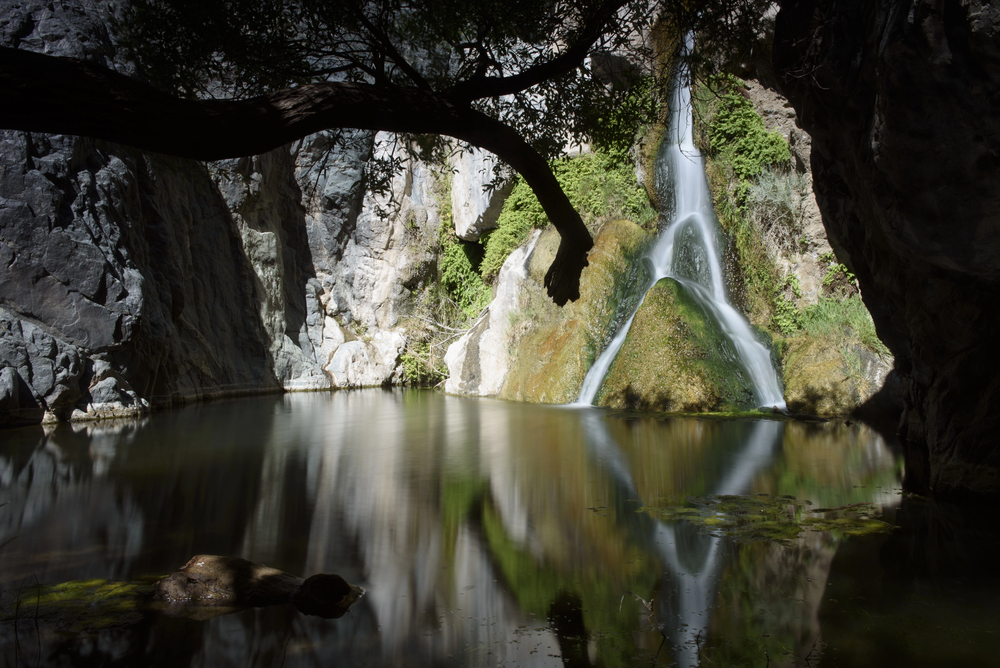
This permanent 80-foot waterfall flows year-round in one of the driest places in North America. Hidden within Darwin Canyon, springs feed the falls, creating a rare riparian habitat. Desert holly and cottonwoods thrive in this unexpected oasis.
The falls provide a crucial water source for the nearby town of Panamint Springs.
Hamilton Pool (Texas Hill Country)
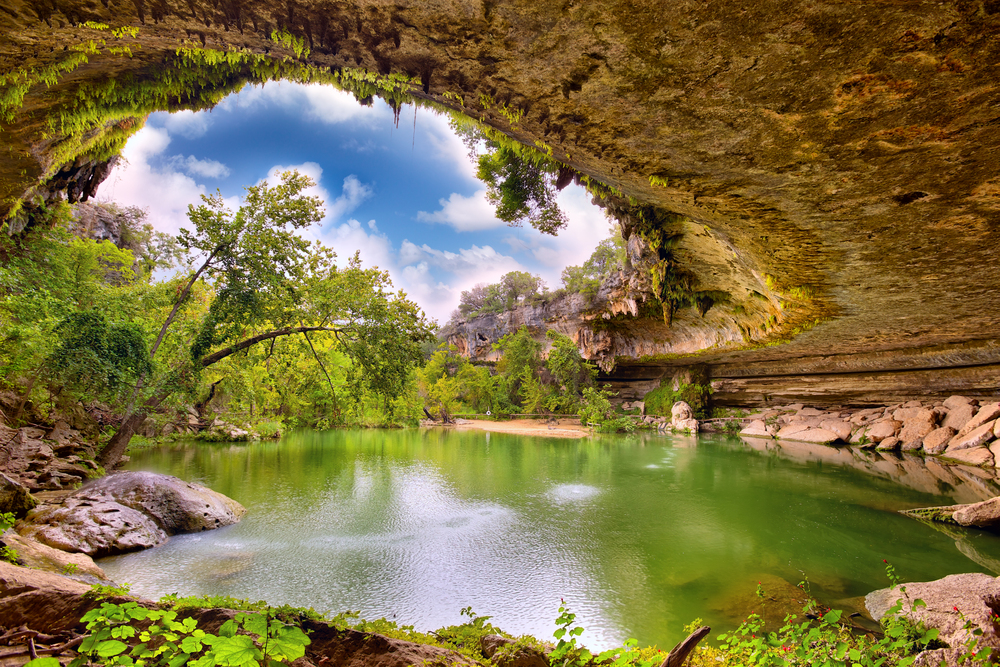
A collapsed cave system created this 50-foot waterfall that drops into a natural grotto near Austin. The limestone overhang provides shade, while spring-fed waters maintain a consistent flow.
Ancient rock formations frame this Geological wonder. The preservation of this site began in 1990 when Travis County acquired the land to protect it from development.
Multnomah Falls (Columbia River Gorge, Oregon)
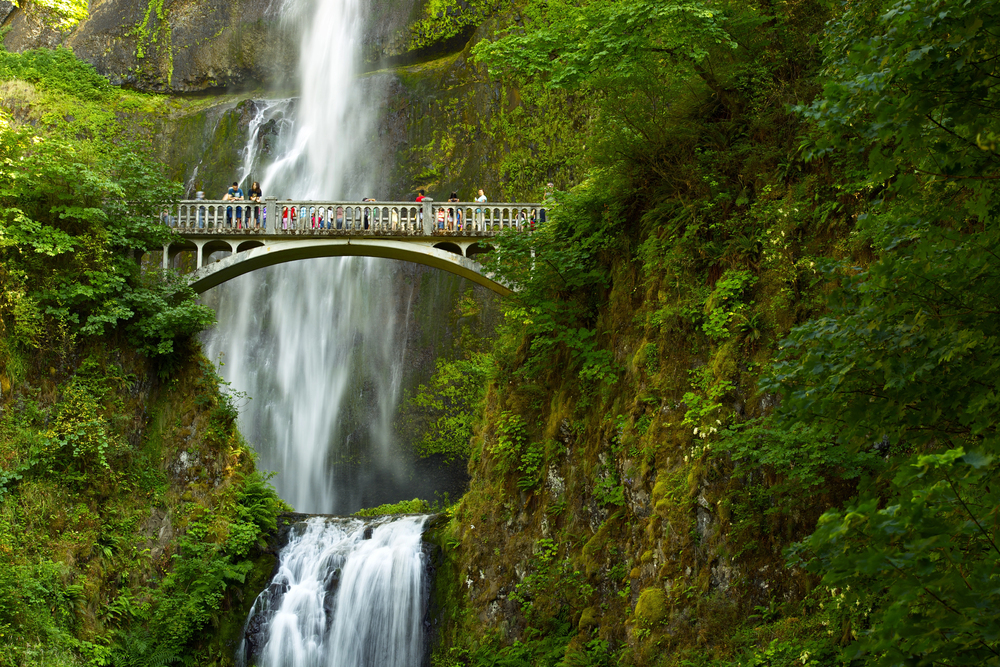
This 620-foot cascade drops dramatically from the edge of the Columbia Plateau into a developed viewing area. Located just 30 miles from Portland, the falls offer accessibility unusual for a waterfall of this scale.
A historic lodge built in 1925 sits at the base of the falls. The iconic Benson Bridge, constructed in 1914, spans the lower cascade 105 feet above the lower pool.
Minnehaha Falls (Minneapolis, Minnesota)
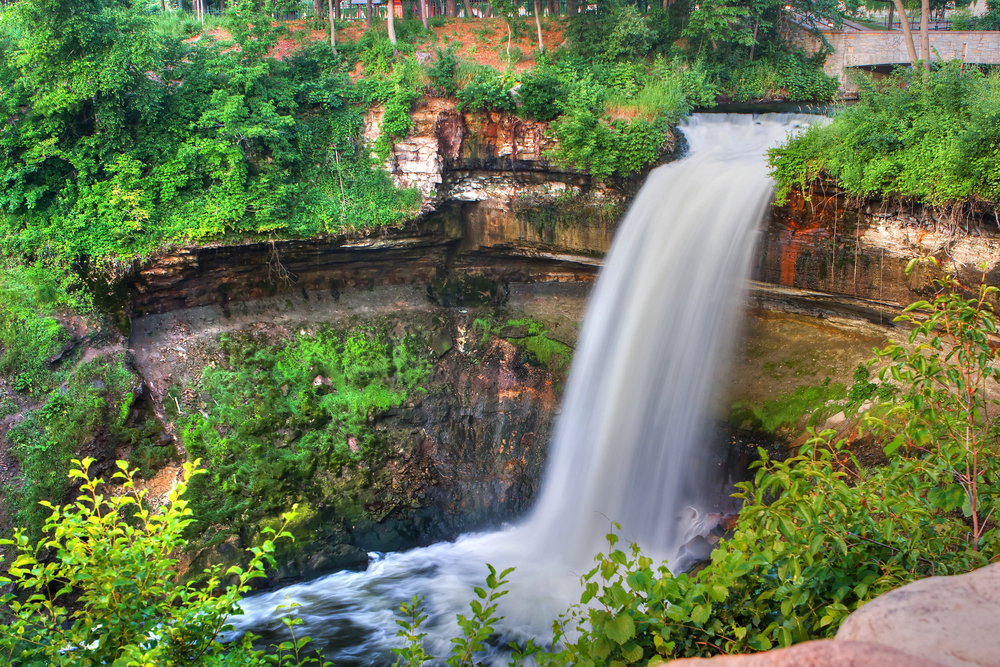
Within city limits, this 53-foot urban waterfall plunges over limestone bluffs along Minnehaha Creek. The falls inspired Henry Wadsworth Longfellow’s ‘The Song of Hiawatha’ and remain a central feature of Minneapolis parkland.
Winter freezes transform the cascade into natural ice sculptures. A network of paved trails and staircases allows visitors to view the falls from multiple vantage points throughout all seasons.
Rifle Falls (Colorado)
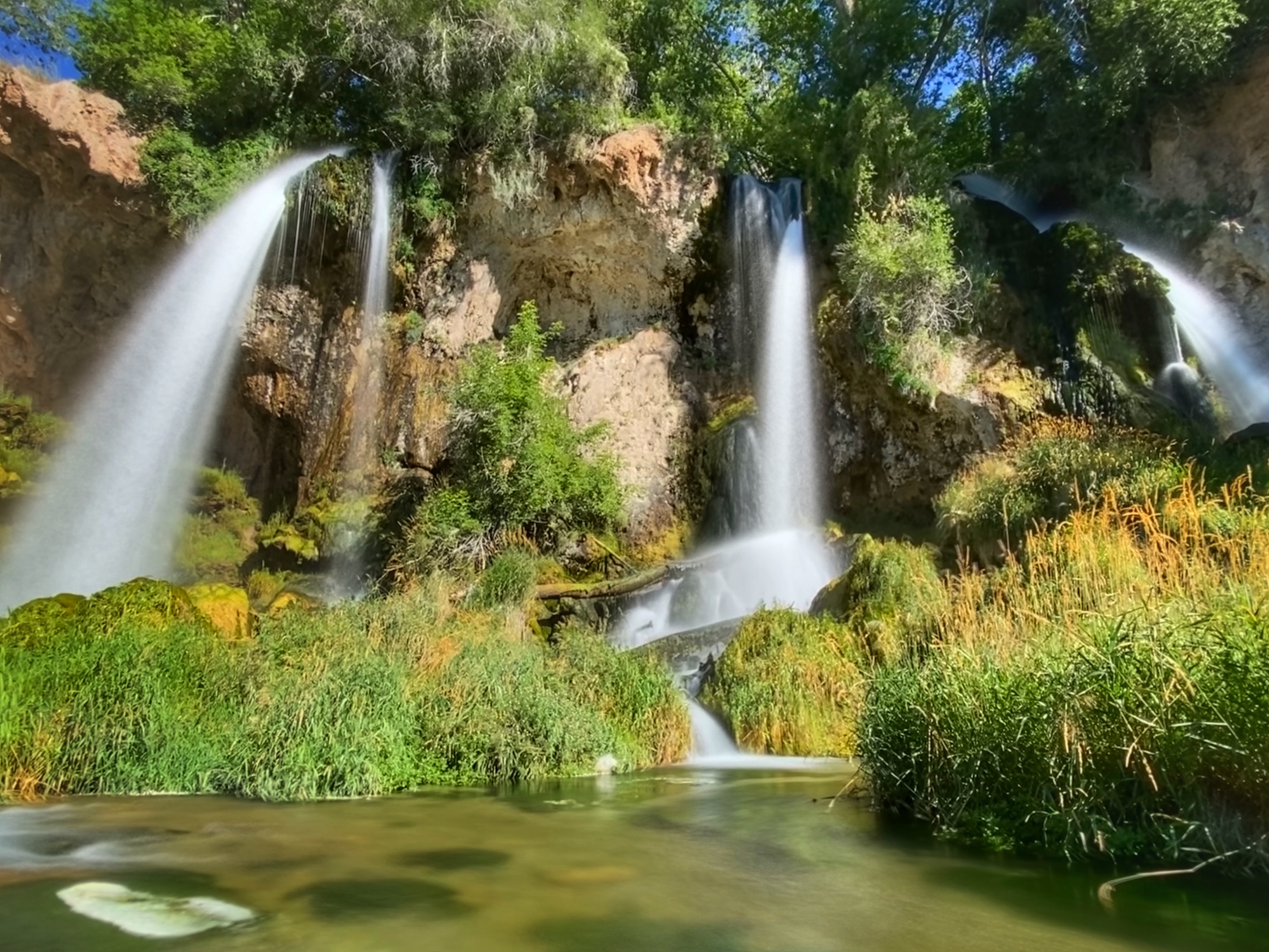
Three 70-foot waterfalls side by side create an unexpected triple cascade in Colorado’s semi-arid environment. Limestone caves flank the falls, formed by centuries of water erosion.
The spray zone supports a lush hanging garden in an otherwise dry landscape. In 1966, the site became Colorado’s third state park, preserving this unique formation for future generations.
Buttermilk Falls (Ithaca, New York)
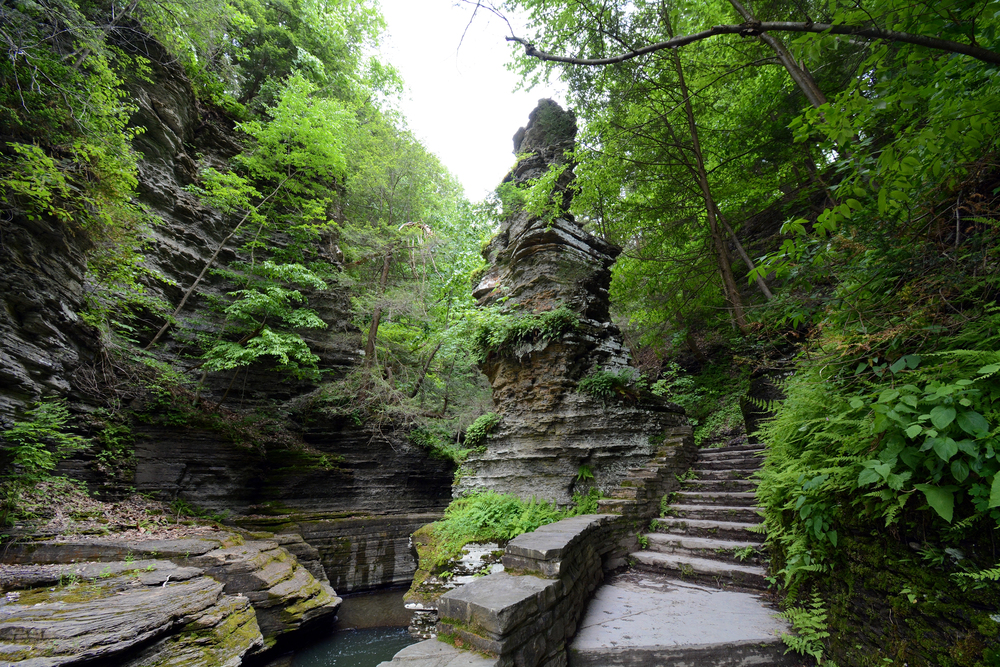
This 165-foot cascade flows through a gorge in the heart of Cornell University’s campus. The urban setting makes this substantial waterfall easily accessible to students and visitors. Multiple viewing platforms offer different perspectives of the falls.
The name comes from the frothy white appearance of the water as it churns over limestone steps.
Blackwater Falls (West Virginia)
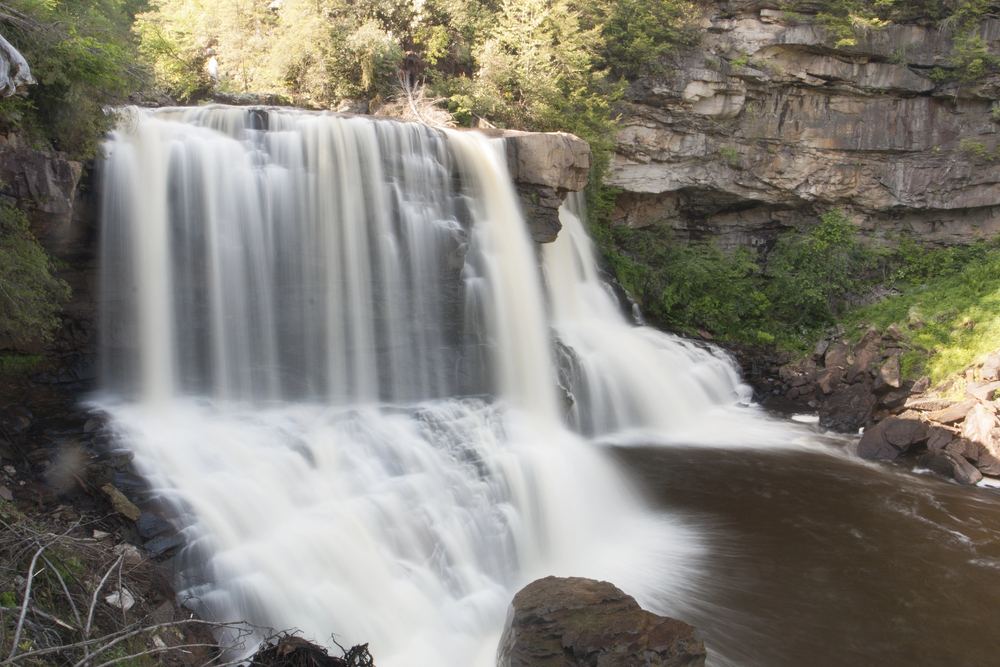
Amber-colored water stained by tannic acid from fallen hemlock and red spruce needles tumbles 62 feet down the Blackwater Canyon. The falls are accessible year-round through a state park system. Winter creates dramatic ice formations along the cascade.
The gentle slope of the surrounding plateau makes this powerful waterfall seem to appear out of nowhere.
Hidden Falls (Auburn, California)
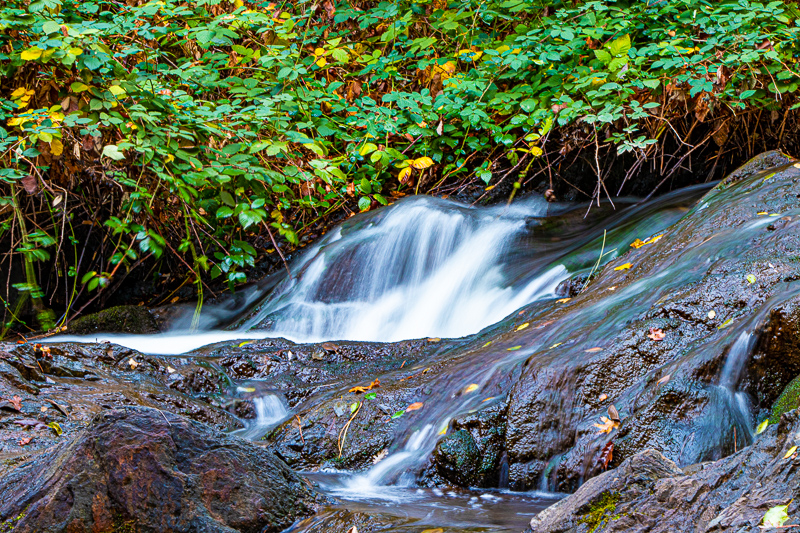
Located near Sacramento, this 30-foot waterfall surprised gold rush miners who discovered it in the 1800s. It flows through a scenic canyon along the North Fork American River.
Recent trail development has made this historical cascade more accessible. Native American petroglyphs found nearby suggest the falls held cultural significance long before European settlement.
Tahquamenon Falls (Michigan)
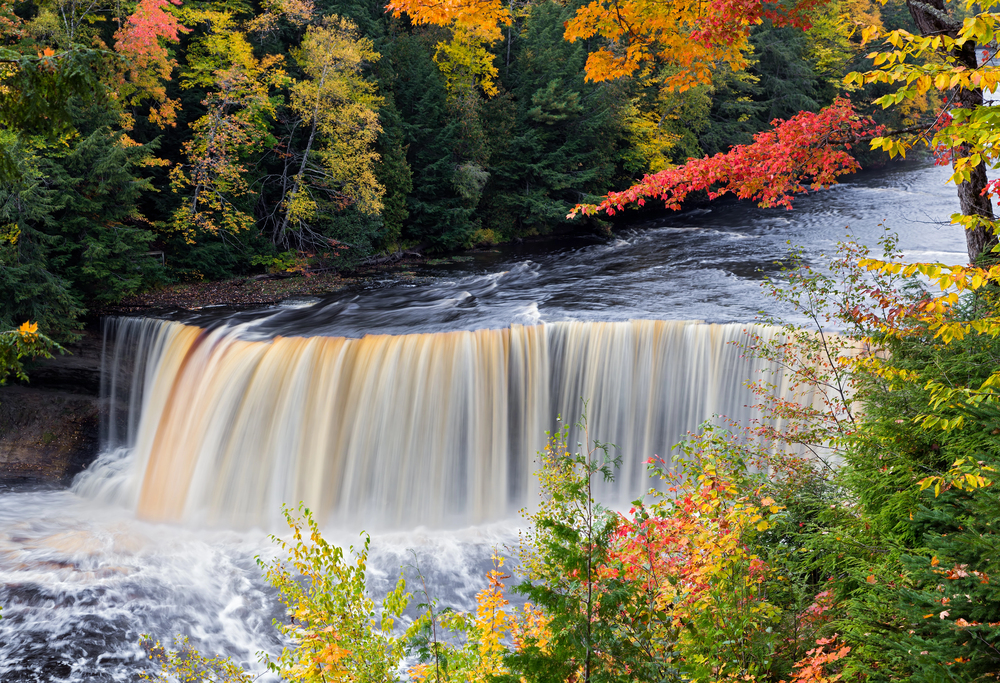
Known as the ‘Root Beer Falls,’ this 50-foot cascade is one of the largest east of the Mississippi. The water’s distinctive brown color comes from natural tannins leached from cedar swamps.
The falls maintain significant water volume even during winter months. Local legends claim that Paul Bunyan’s wife used the falls to brew root beer for the legendary lumberjack.
Taughannock Falls (New York)
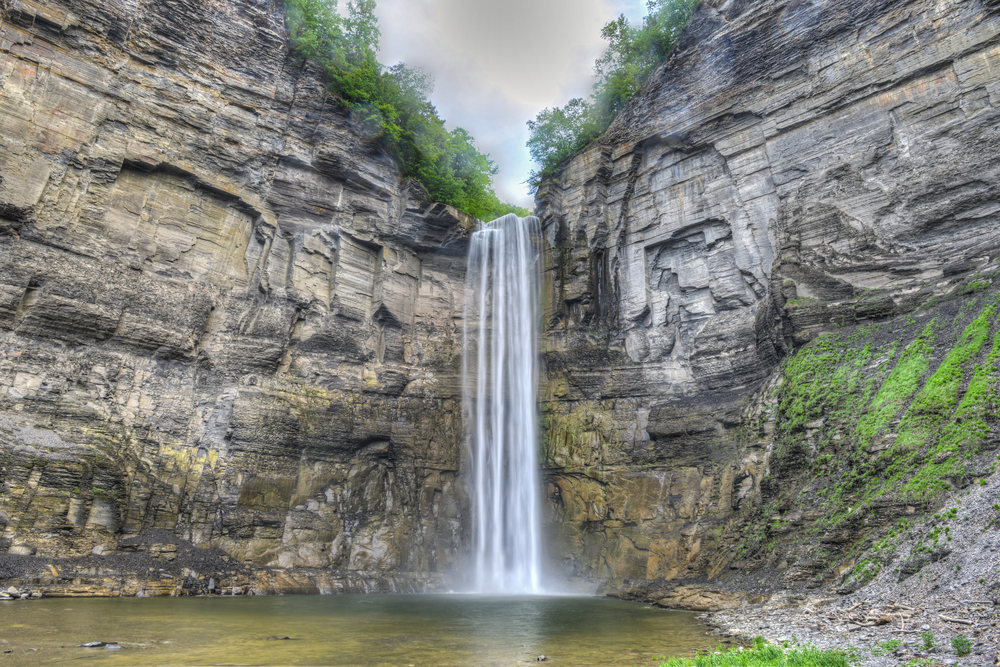
At 215 feet, this straight plunge waterfall drops higher than Niagara Falls through a developed state park. The surrounding gorge walls rise 400 feet above the creek bed.
The falls flow year-round, creating different seasonal displays. The name comes from the Algonquin-speaking Lenni Lenape people who once inhabited the region.
Cedar Creek Falls (San Diego County, California)
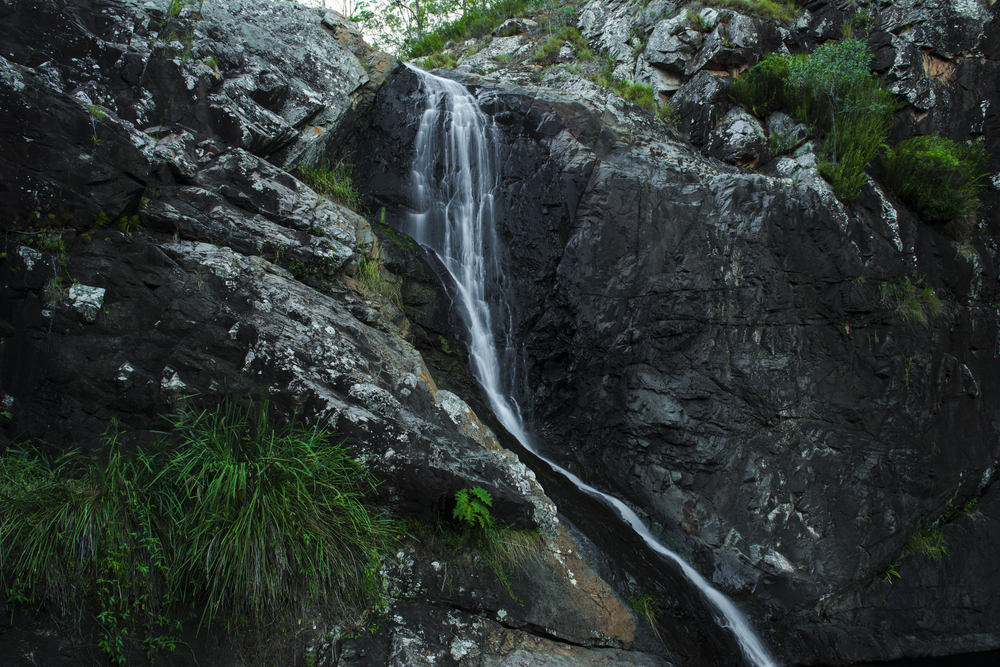
An 80-foot waterfall drops into a swimming hole known as the ‘Devil’s Punchbowl’ in the arid Cleveland National Forest. The falls flow seasonally, dependent on rainfall and snowmelt. A permit system manages visitation to this desert oasis.
Early Spanish settlers used the falls as a landmark while establishing the El Camino Real.
Brandywine Falls (Cuyahoga Valley, Ohio)
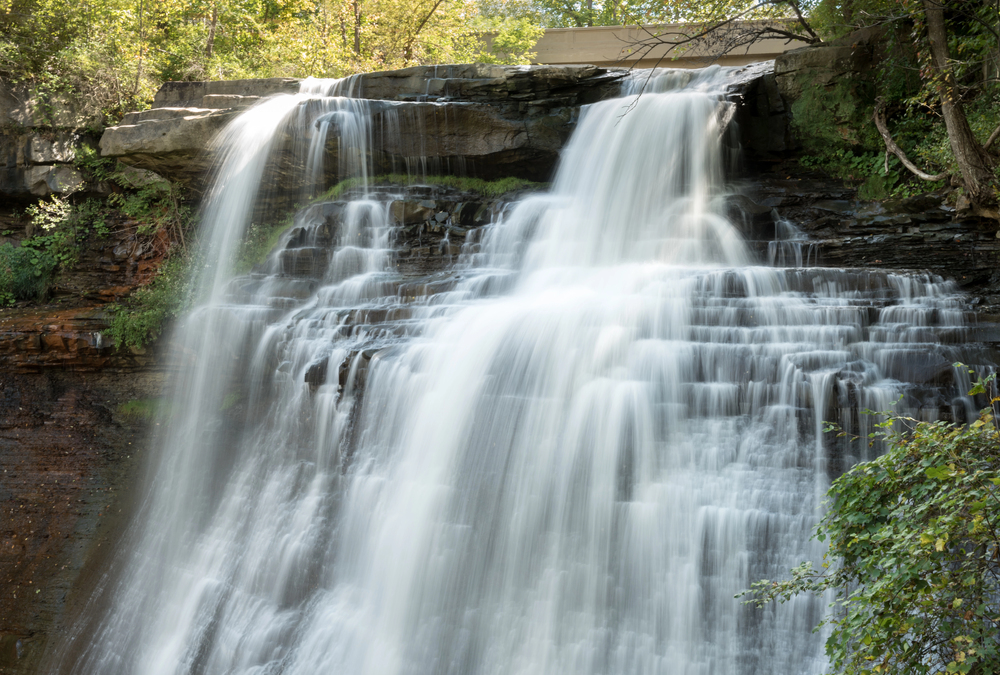
This 65-foot waterfall sits within a national park between Cleveland and Akron. The falls are carved through layers of sandstone and shale, revealing regional geology.
Wooden boardwalks provide year-round viewing opportunities. The name originates from early settlers who noted the water’s brandy-like color during spring runoff.
Falling Water Falls (Ozark National Forest, Arkansas)

This 10-foot cascade flows over a natural rock dam in the Ozark highlands. The broad curtain of water spans nearly 100 feet wide during high flow.
Easy accessibility makes photography popular this fall. Cherokee traditions speak of healing properties amid these falls.
Rainbow Falls (Hilo, Hawaii)
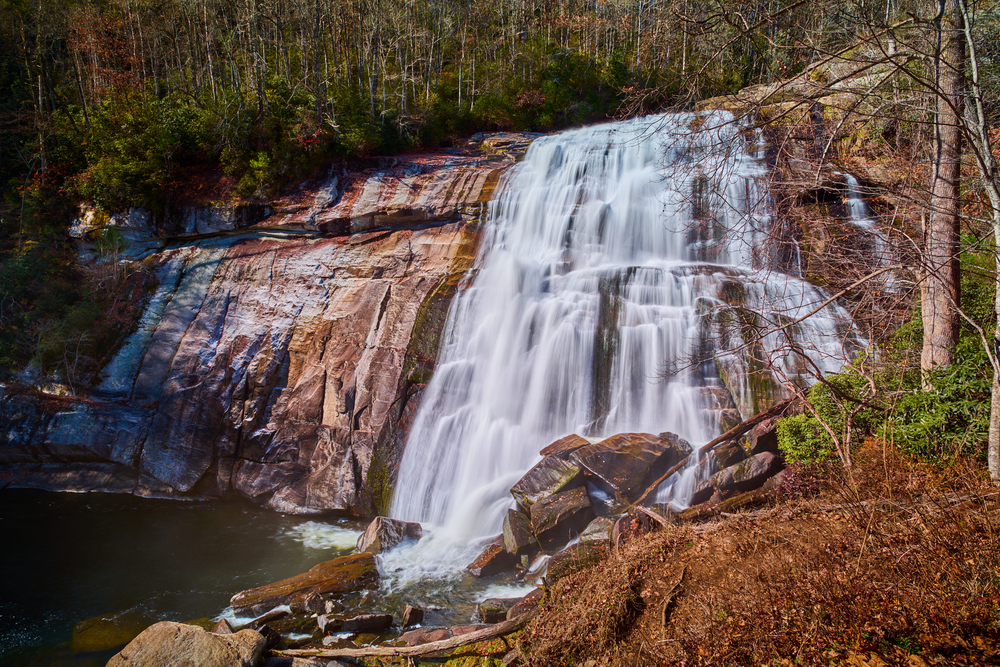
This 80-foot waterfall drops over a natural lava cave along the Wailuku River within Hilo’s city limits. The falls derive their name from frequent rainbows in the mist.
Ancient Hawaiian legends associate this urban cascade with the goddess Hina. The falls were crucial in early Hawaiian agriculture, powering water wheels for sugar cane processing.
Alamere Falls (Point Reyes, California)
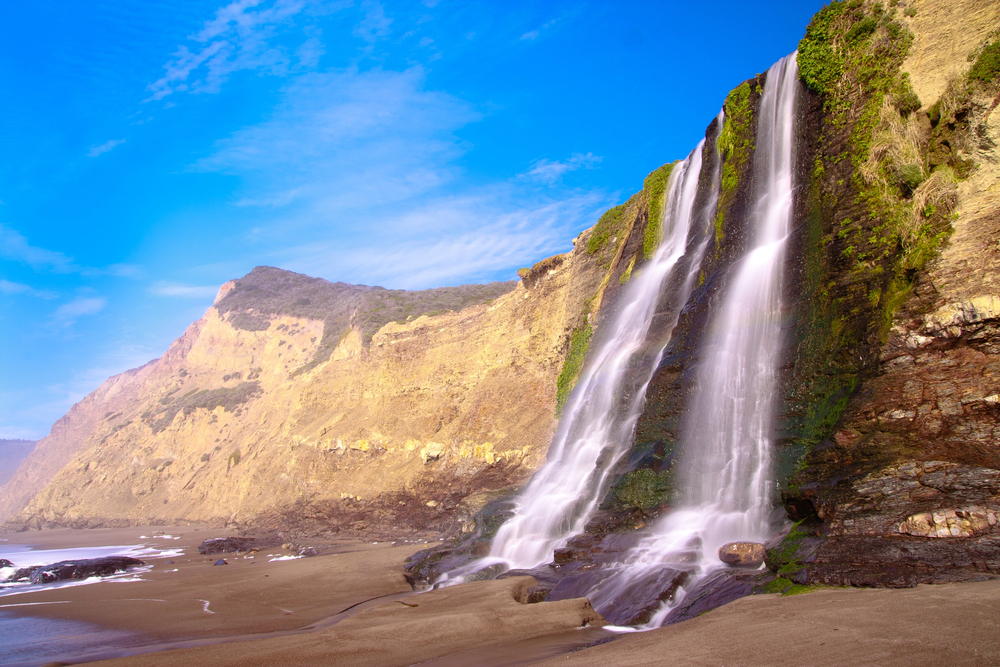
This rare tidefall drops 40 feet directly onto Wildcat Beach in Point Reyes National Seashore. Ocean tides influence the falls’ appearance throughout the day, and coastal fog often creates mystical conditions around the cascade.
Marine biologists study the unique ecosystem where fresh and saltwater mix at the falls’ base.
Burgess Falls (Tennessee)
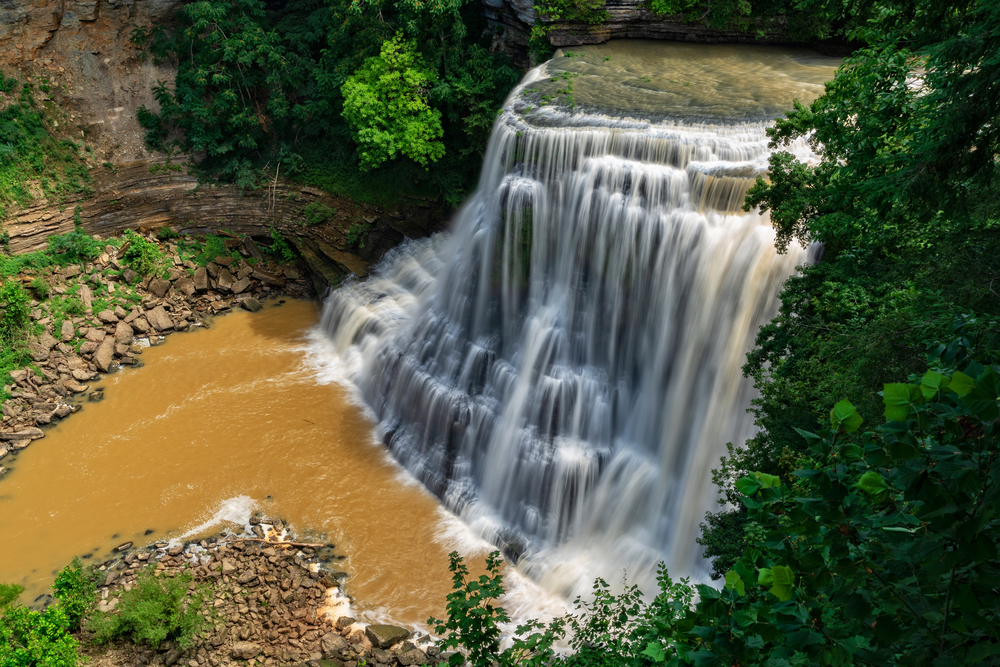
Four distinct waterfalls cascade 250 feet along the Falling Water River near Cookeville. The main falls drop 130 feet into a deep gorge.
Historical remnants of a pioneering hydroelectric project remain visible. The site played a significant role in powering early industrial development in middle Tennessee.
Turner Falls (Oklahoma)
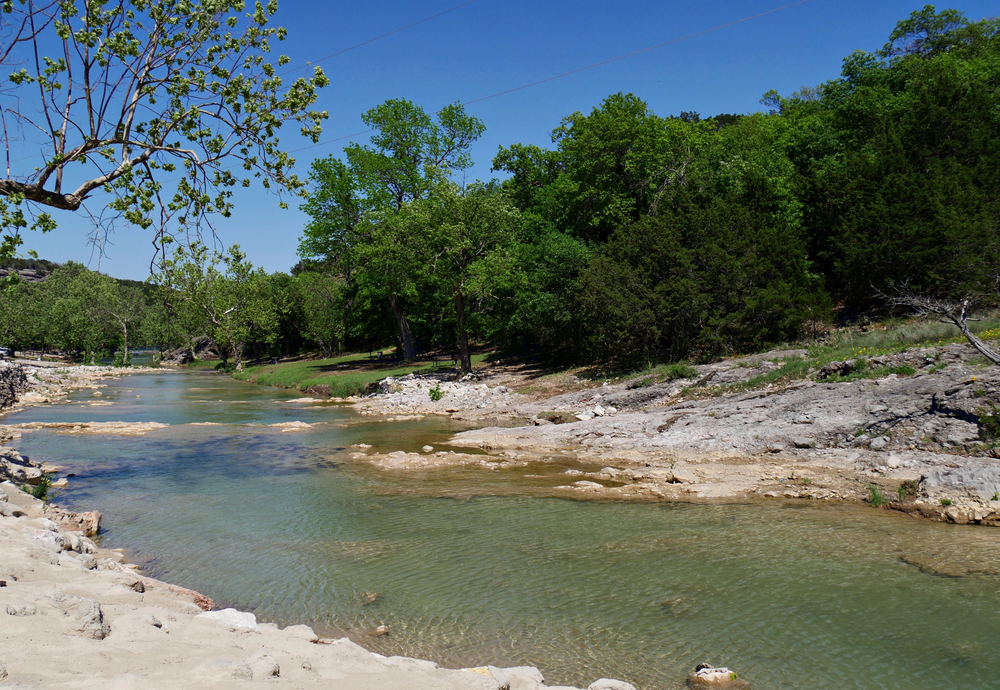
This 77-foot cascade flows through the Arbuckle Mountains, creating Oklahoma’s largest waterfall. Natural swimming pools form at the base of the falls. The surrounding park preserves traces of early settler history.
Local geology students regularly visit to study the exposed rock layers in the Falls’ Canyon.
Fairy Falls (Yellowstone, Wyoming)
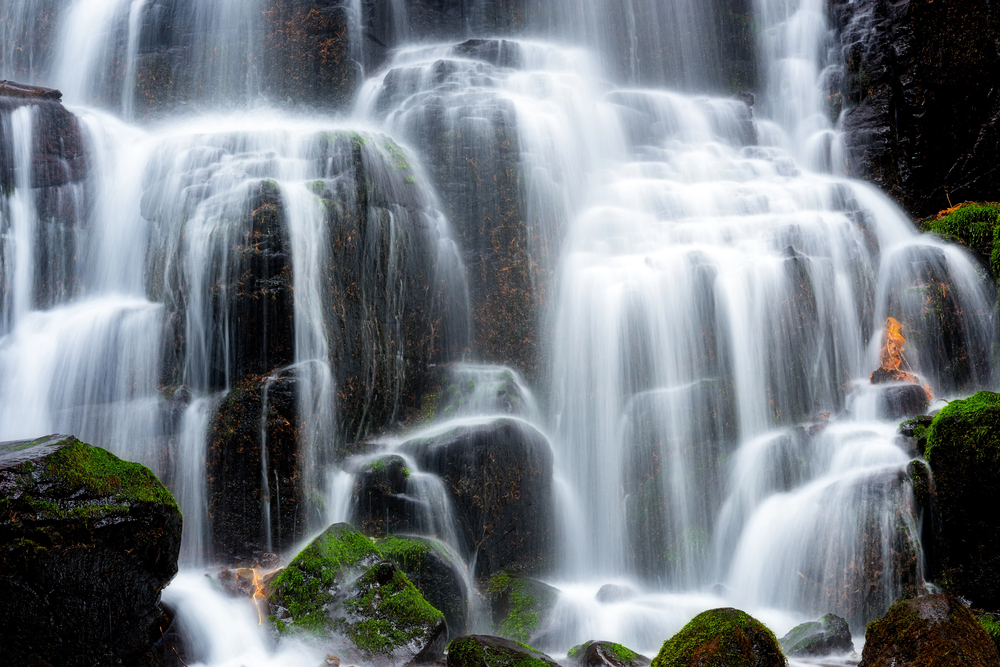
This 200-foot waterfall drops through lodgepole pine forest in America’s first national park. Geothermal features create unique environmental conditions near the falls. The trail to the falls offers views of the Grand Prismatic Spring.
Scientists study the thermophilic bacteria that thrive in the warm mist zone around the falls.
Bash Bish Falls (Massachusetts)
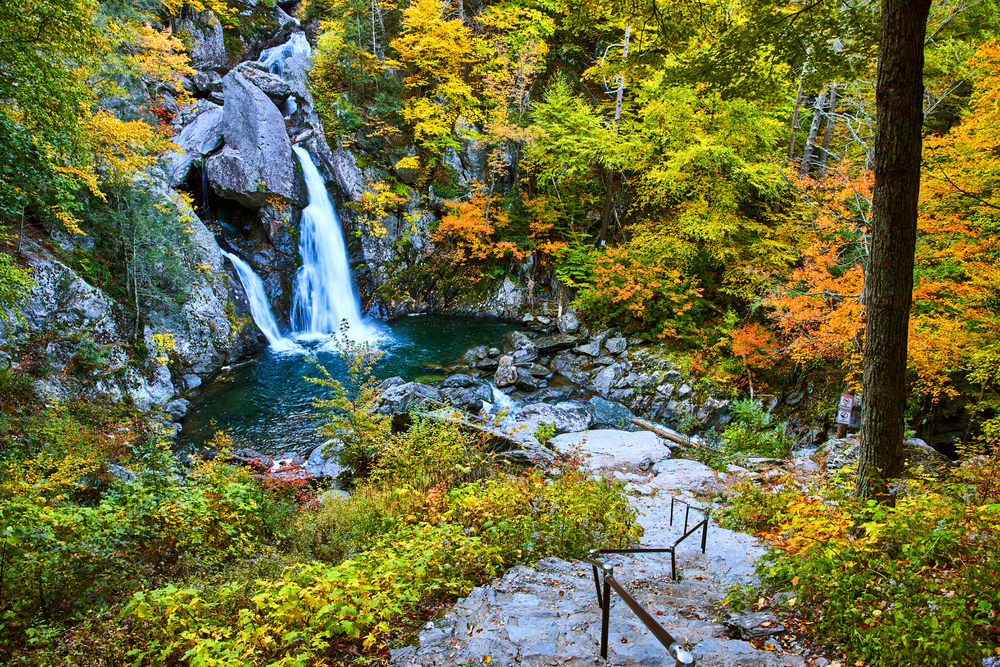
The highest single-drop waterfall in Massachusetts cascades 60 feet into a deep pool. A massive boulder splits the falls into twin falls, and the water originates from a spring-fed upland swamp.
This cascade marks the borders of Massachusetts and New York. The falls have inspired numerous Hudson River School painters and continue to draw artists today.
Discovering Nature’s Surprises
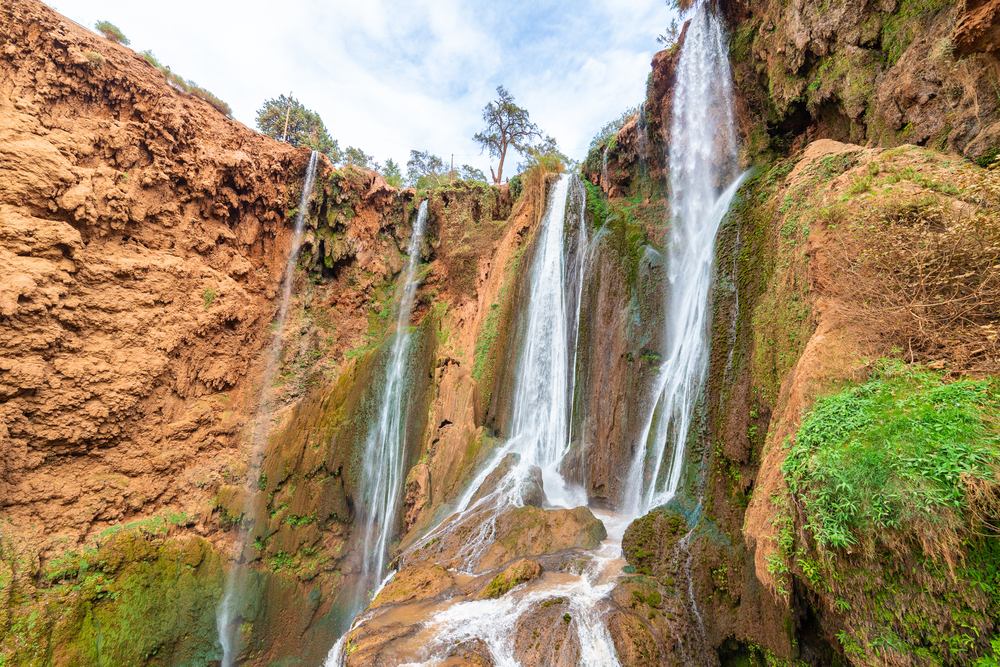
These remarkable waterfalls demonstrate that natural wonders can thrive in inaccessible and unexpected places. Each cascade offers unique features shaped by local geology, climate, and history, inviting exploration close to home.
More from Travel Pug

- 15 Dangerous European Cities to Avoid
- 15 Caribbean Islands Where Tourists Keep Getting Scammed
- The 20 Most Fascinating Abandoned Places: A Journey Through Time and Forgotten Spaces
- 15 Hidden Places in the Smithsonian Museums Locals Love: A Guide to Lesser-Known Treasures
- 16 Hidden Florida Beach Towns That Aren’t Overrun with Tourists
Like Travel Pug’s content? Follow us on MSN.
